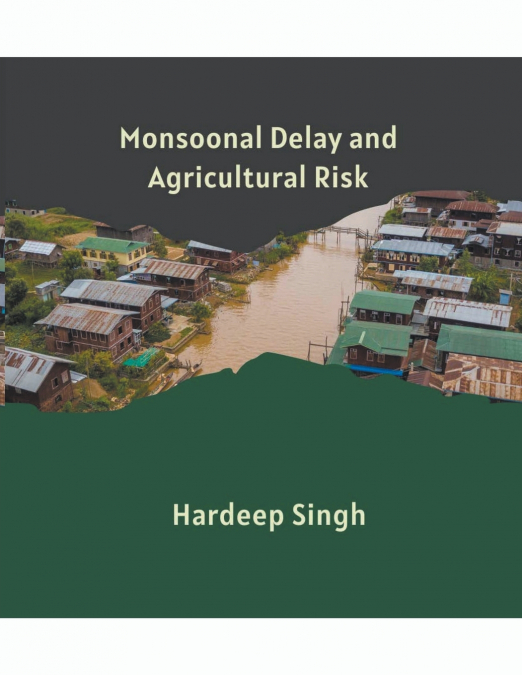
Hardeep Singh
Rural households in developing countries face several types of risks, dominant among them is weather risk. Researchers flag a host of factors responsible for greater vulnerability of farm households to weather risks in developing economies: (i) a significant proportion of sown area is under rainfed; (ii) rural households face substantial variation in their income across seasons and years due to vagaries of monsoon; (iii) households lack the adaptive capacity in terms of their access to information, institutions, infrastructure and finances to cope with such weather risks; (iv) lastly, systemic weather shocks make informal risk sharing mechanisms infeasible for resource poor households and force many to sell their productive assets leading to dire consequences in terms of future outcomes. Further, it has been noted that weather patterns are becoming more and more unpredictable over time as the temperature is rising, rainfall is becoming more irregular and the frequency of extreme events such as droughts, floods, heatwaves, etc. has been increasing over time. This further aggravates the problems posed by weather risks to agriculture and agriculture-based livelihoods. Examining the impacts of weather risks on agricultural productivity and further on overall economy of an agricultural household has generated a lot of interest. Besides examining the impacts of weather shock variables on agricultural productivity or profits, several studies have also discussed about coping mechanisms employed by farmers to reduce agricultural income losses due to weather shocks. While examining the impacts of rainfall variations on crop yields, existing literature has focused on either level of or deviations in seasonal rainfall. They have ignored the role of uncertainty in monsoon onset in explaining losses in crop yields. The timing of monsoon arrival has many repercussions for agricultural house- holds and the biodiversity in a region. Changes in the pattern of arrival of monsoon over time have been documented in the literature. Several reasons have been cited to explain the changes in the pattern, the most important ones being variation in temperature due to climate change.